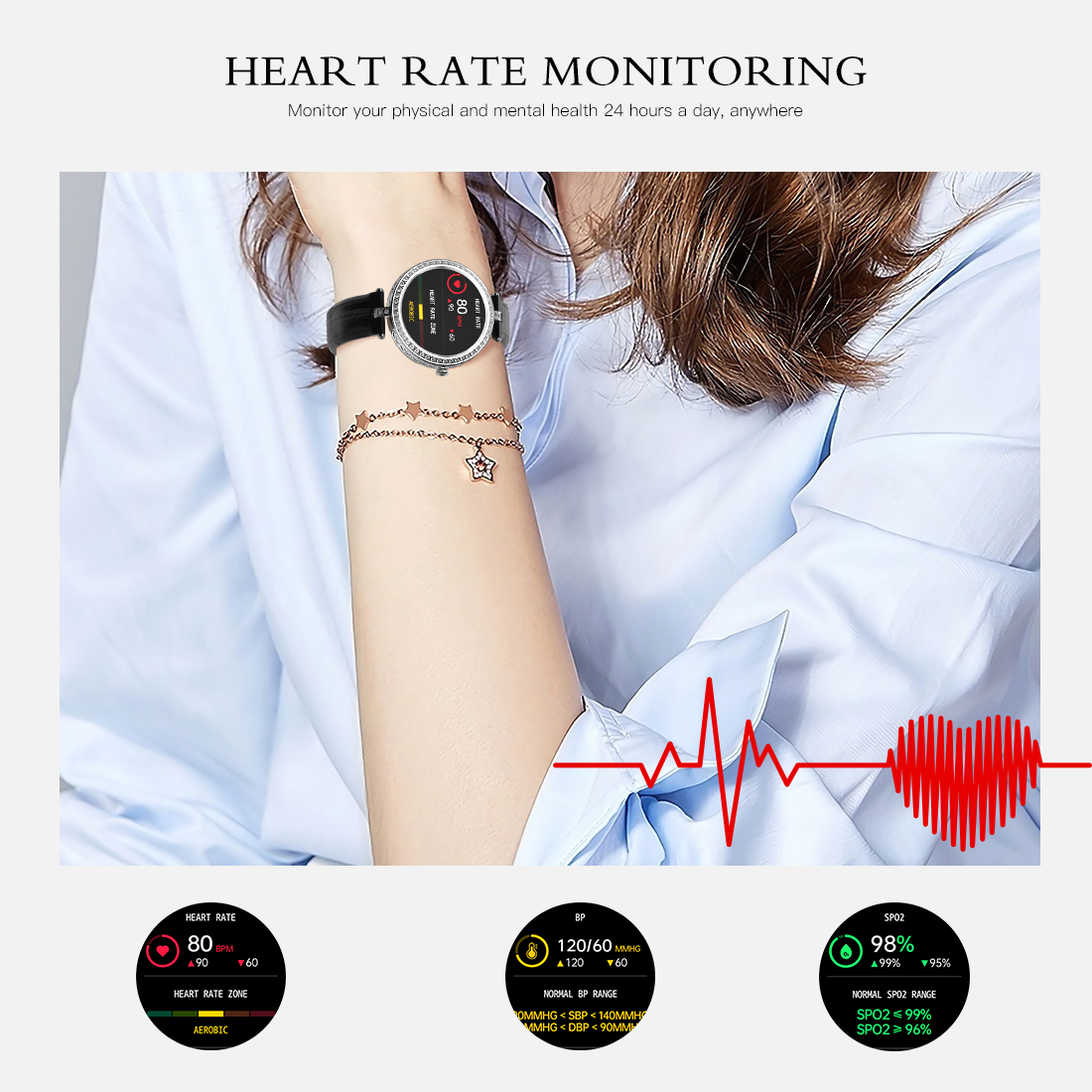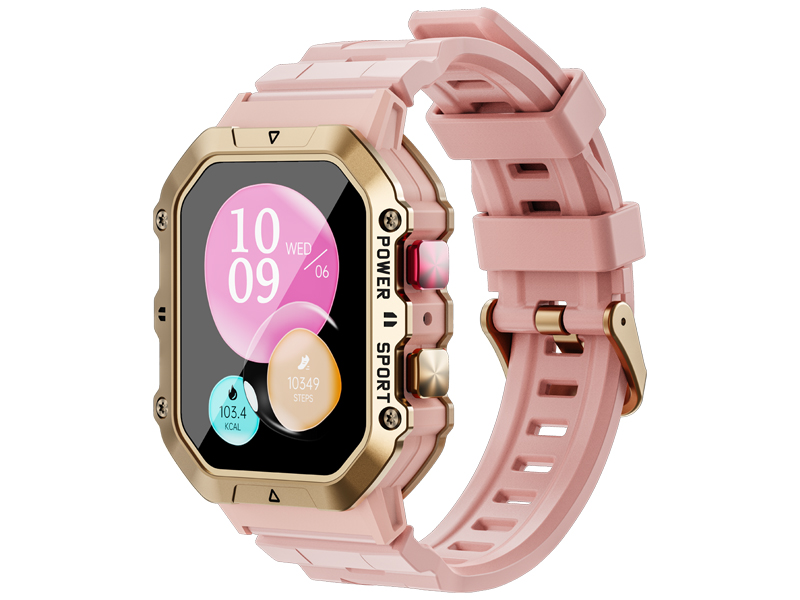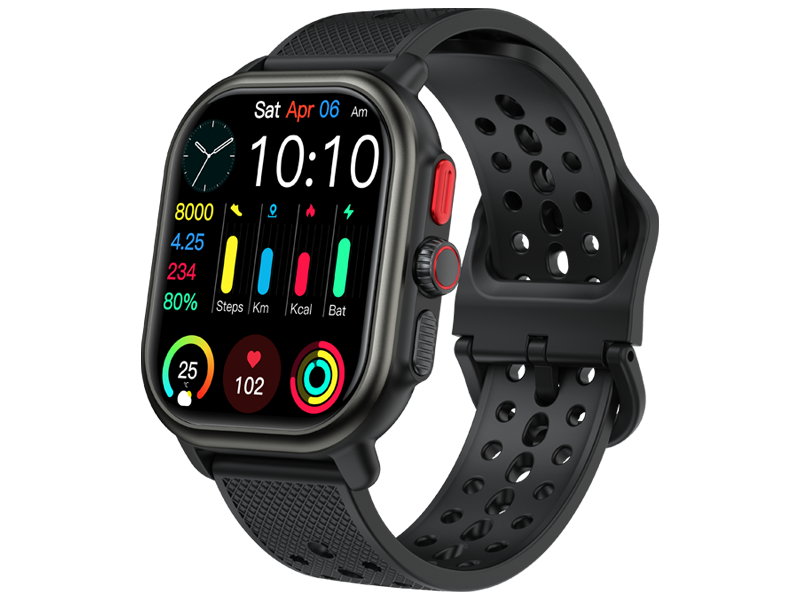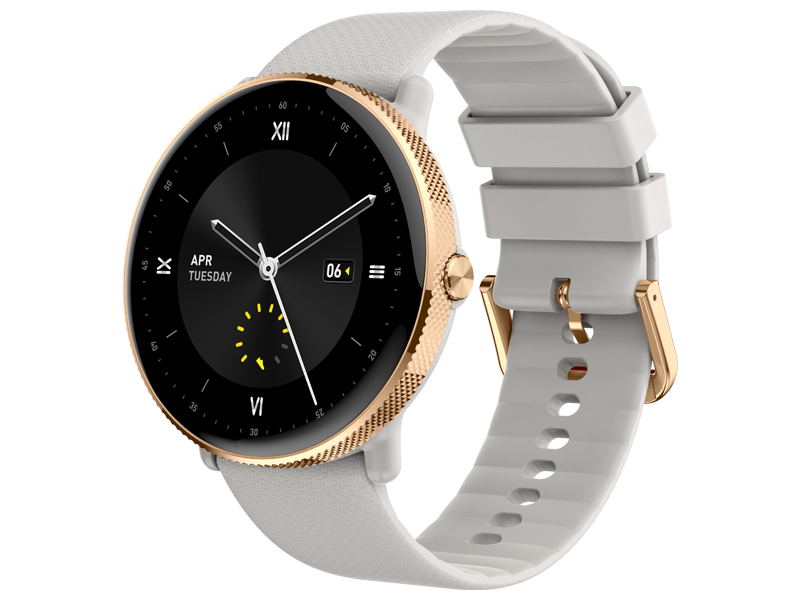How does a smart watch monitor human heart rate?
With the development of smart wearable devices, smart watches have become well-known health-tracking products. They can not only record our daily activities, but also monitor our sleep quality, and the new smart heart rate watches provide us with The function of heart rate monitoring is of greater help to our sports and health. So how does a smart heart rate watch monitor the dynamics of human heart rate? Here are the answers for you.
Generally speaking, there are usually three ways to monitor heart rate:
First is the photoelectric transmission measurement method. In principle, the sensor that the smart watch contacts the skin will emit a beam of light on the skin to measure the reflected/transmitted light. Because blood absorbs light of a specific wavelength, every time the heart pumps blood, the wavelength will be absorbed in a large amount, so that the heartbeat can be determined. However, the disadvantage is that it consumes a lot of power and will be disturbed by ambient light. At present, most of the functions of smart bracelets or watches on the market to monitor heart rate are photoelectric transmission measurements.
Another method is to test the ECG signal. The sensor of the smart watch can judge the user's heart rate by measuring the electrical signal of myocardial contraction. The principle is similar to that of ECG. The disadvantage is that the circuit is relatively complex, occupies a large PCB space, and is vulnerable to electromagnetic interference. At the same time, the sensor must be close to the skin and placed in a relatively fixed position, so it isn't easy to use this measurement method with a smart watch.
In addition, there are vibration measurements, and products have only recently come out. Because each heartbeat will cause the body to vibrate, the vibration can be captured by a high-precision sensor, and then the heartbeat can be obtained through signal processing. Generally speaking, products such as intelligent cushions or intelligent massagers often use this measurement method, while smart watch are relatively rare.

Our smart watch adopts a dynamic heart rate monitoring method, which can continuously monitor heart rate data for 24 hours. It mainly uses green LED lights (OSRAM) and photosensitive photodiodes to detect the blood flow through the wrist at any time. When the user's heart beats, more blood will flow through the user's wrist, and the greater the absorption of green light will be. In the heartbeat space, blood flow decreases, resulting in a decrease in the absorption of green light. Our research and development team effectively monitors and extracts the heart rate signal through complex and precise algorithms, and keeps it within the appropriate heart rate range throughout the day and during exercise.





